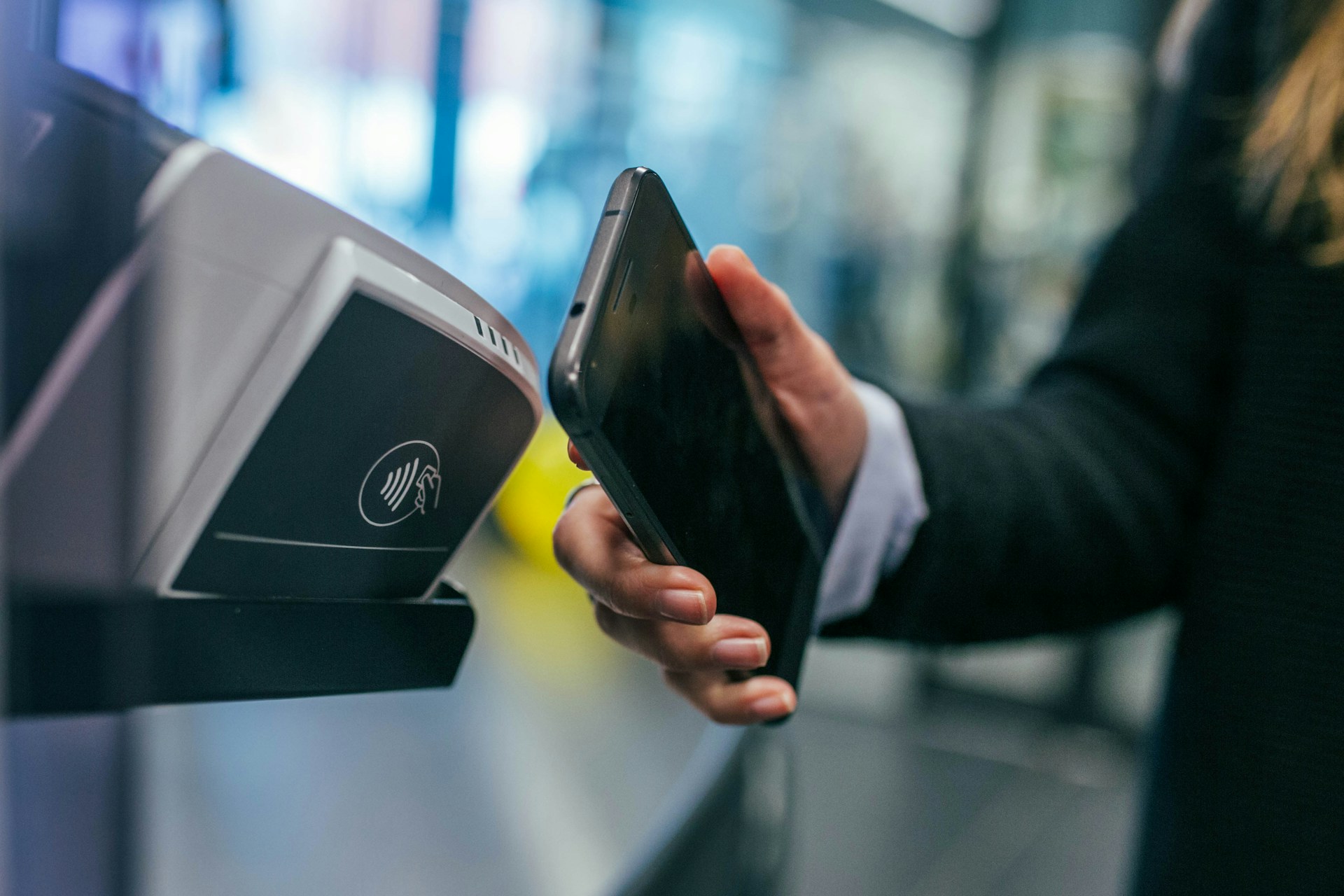Digital wallets have reshaped how people manage their money. Whether shopping online or making in-store purchases, these tools simplify transactions while offering extra layers of security. As more businesses and consumers move toward cashless payments, digital wallets are proving to be an essential part of modern finance.
From streamlining peer-to-peer transfers to enabling seamless payments at point-of-sale systems, digital wallets are becoming increasingly versatile and integrated into daily life. Their ease of use, combined with enhanced security features like tokenization and biometric authentication, is solidifying their position as a key driver of financial innovation and accessibility.
Convenience Without Compromise
Carrying multiple cards or handling cash can be inconvenient, and in certain circumstances, dangerous. Digital wallets consolidate everything into one place, allowing users to pay instantly with a smartphone or smartwatch. This eliminates the need to carry cash or dig through a wallet, making checkout processes faster, smoother and safer.
Many digital wallets also integrate with loyalty programs and store receipts, reducing clutter. Instead of juggling physical rewards cards, users can earn points and redeem discounts effortlessly. Additionally, some wallets allow for bill payments, peer-to-peer transfers, and even event ticket storage, minimizing the need for multiple apps.
Enhanced Security Features
One of the biggest advantages of digital wallets is security. Unlike traditional payment methods, these platforms use encryption and tokenization to protect sensitive financial data. When making a purchase, the actual card details are not shared with the retailer, reducing the risk of fraud.
Using a credit card for online purchases comes with security concerns, especially if card details are stored on multiple websites. A digital wallet minimizes this risk by acting as a secure intermediary, preventing direct exposure of card information.
Most wallets require authentication, such as a fingerprint, facial recognition, or a passcode, before completing a transaction. This adds an extra layer of protection in case a device is lost or stolen. Additionally, if a physical card is misplaced, it can take time to cancel and replace it. With a digital wallet, users can instantly disable access and continue making secure payments without interruption.
Faster and Contactless Payments
Speed is another major benefit. Digital wallets streamline transactions by eliminating the need to insert a card or enter a PIN. With a quick tap, payments are processed in seconds. This is particularly useful in high-traffic areas where efficiency matters, such as grocery stores, public transportation, and fast-food restaurants.
Contactless technology also improves hygiene. Instead of touching shared surfaces, users complete purchases with minimal physical contact. This became especially valuable during recent global health concerns, where limiting exposure to germs became a priority.
Smarter Spending and Financial Control
A digital wallet simplifies financial management by keeping all transactions in one place. Instead of switching between multiple cards or accounts, users can access their funds seamlessly from a single platform. With real-time spending insights and instant transaction updates, it becomes easier to track expenses and maintain better financial discipline.
Some wallets also offer budgeting tools and automated payment features, helping users stay in control of their money without relying on multiple apps or manual calculations.
Wider Acceptance and Integration
Digital wallets are no longer limited to tech-savvy consumers – they’re available to everyone who owns a smartphone. More businesses, from local retailers to large corporations, now accept this payment method, making it an increasingly popular option. As merchant adoption increases, users benefit from broader accessibility, whether shopping domestically or traveling abroad.
Beyond payments, digital wallets integrate with various services, from boarding passes to identification cards. The ability to store everything in one place reduces reliance on physical documents, making travel and daily errands more efficient.
Environmental and Cost Benefits
Switching to a digital wallet reduces reliance on plastic cards, paper receipts, and cash production. This shift contributes to environmental sustainability by minimizing waste and lowering the demand for physical banking materials.
Additionally, some digital wallets offer cashback rewards or discounts, helping users save money over time. By adopting this technology, consumers not only gain financial convenience but also make a small yet meaningful impact on reducing unnecessary resource consumption.
Welcome to the Future of Payments
Digital wallets offer a combination of security, speed, and convenience. By simplifying transactions, enhancing protection against fraud, and integrating seamlessly into daily life, they have become a preferred payment method for many. As technology advances, their role in financial management will only grow, providing users with greater control over their spending and security.










